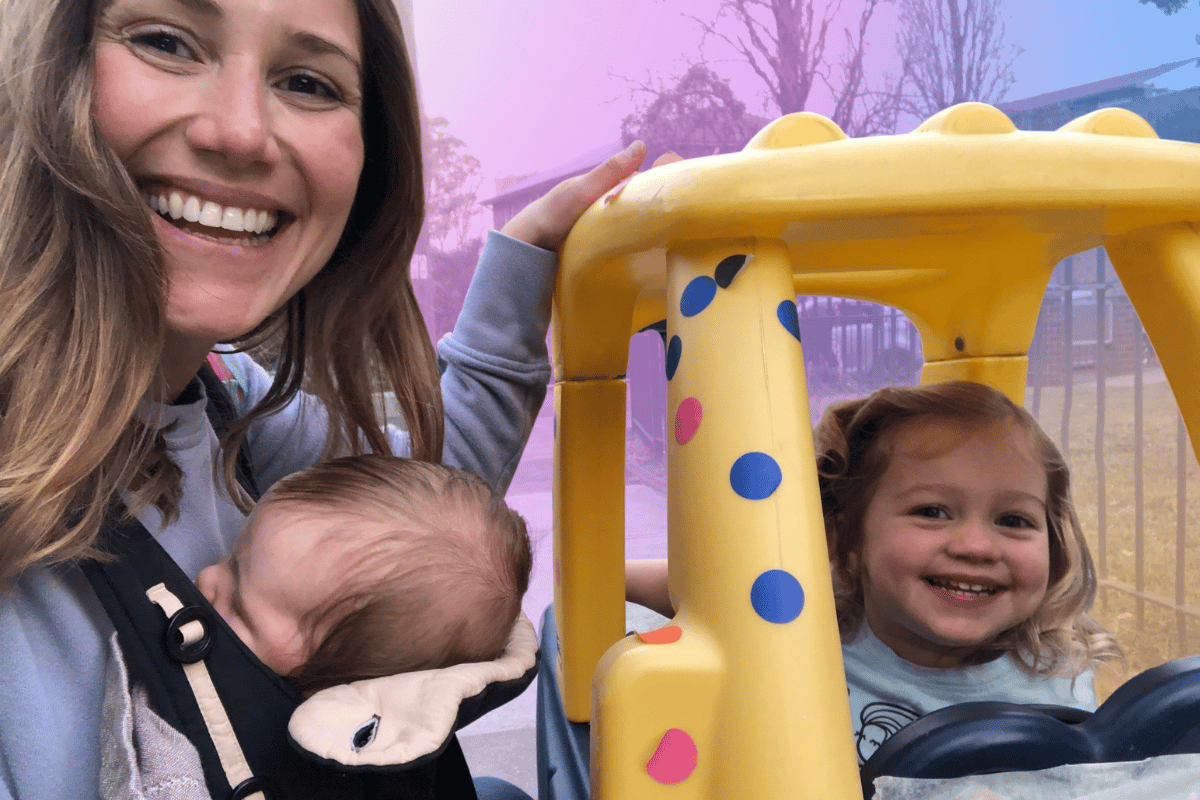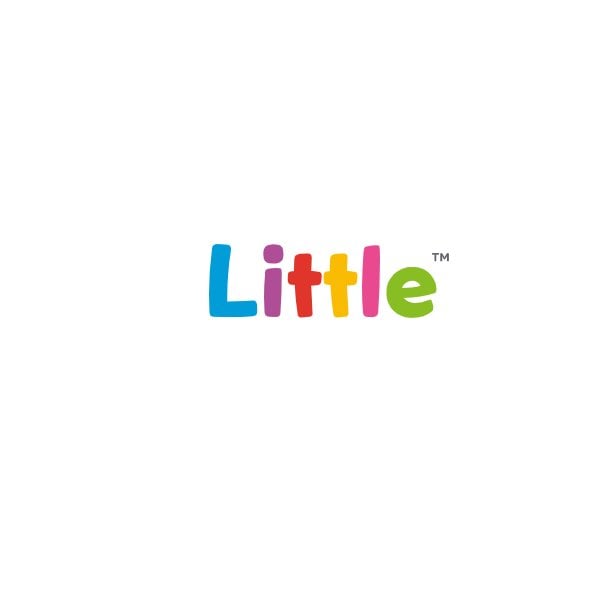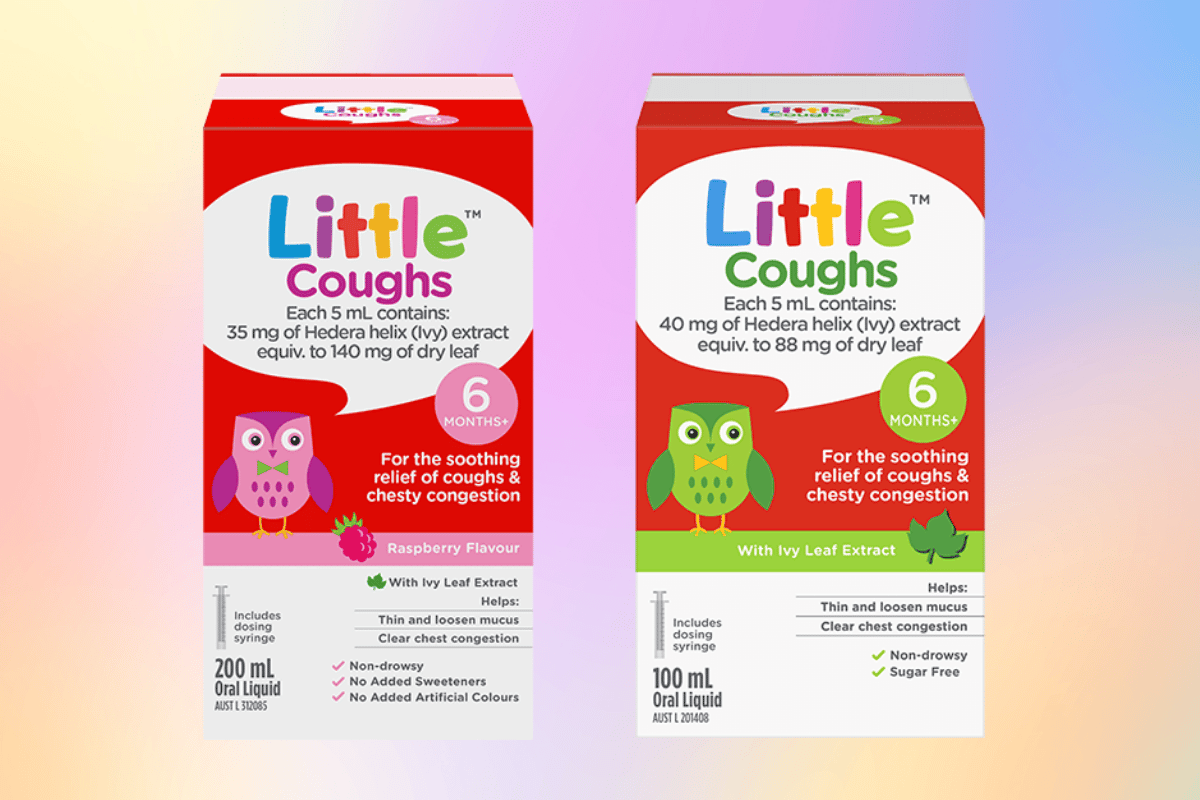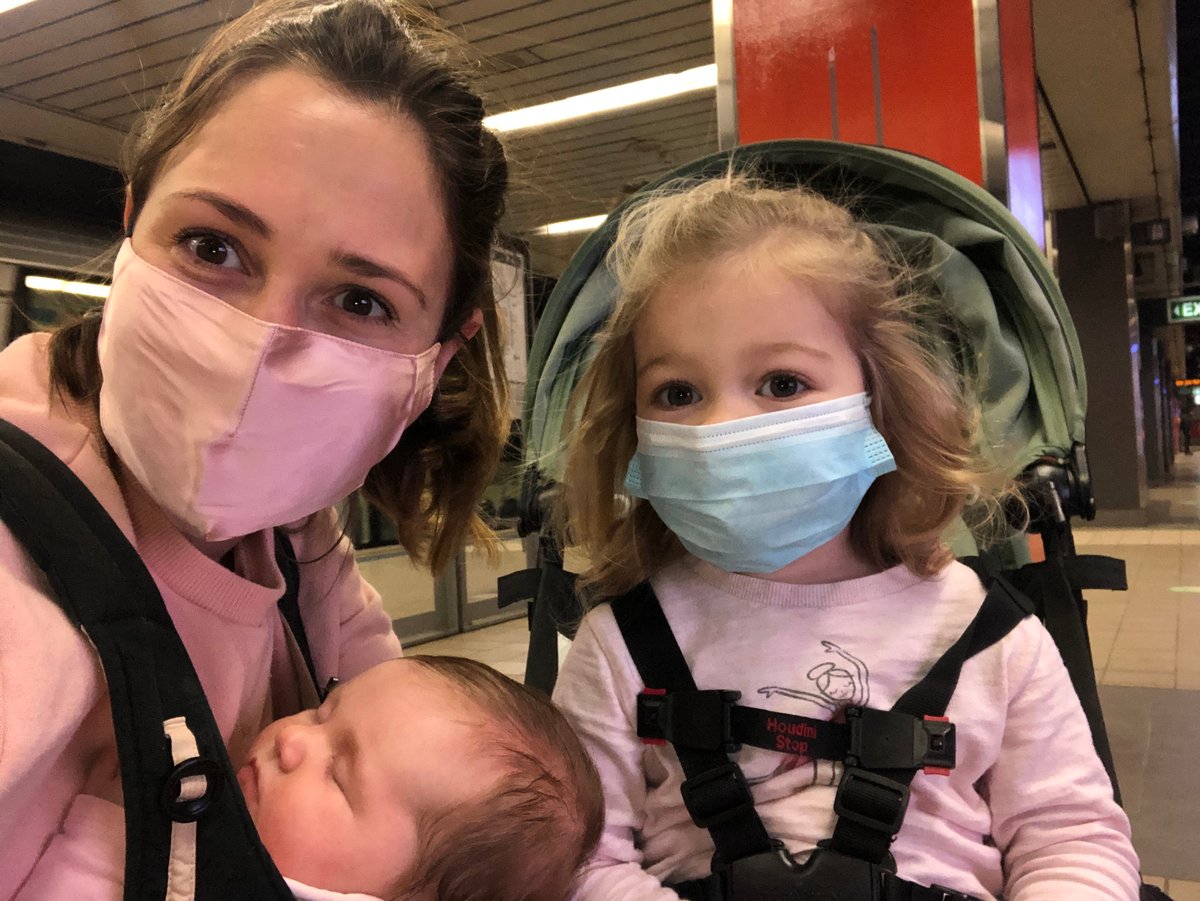

Winter is coming. Cue: chunky woollen knits, warm mulled wine and hearty meals to eat fireside.
Oh wait, that’s right. I’m a mum so the baby’s vomited on my (dry clean only) chunky knit and the 3-year-old’s knocked over my mulled wine as she makes a beeline for that deathtrap of an open fire.
The parenting reality check: the colder season really means snot and winter sickness coming in thick and fast.
And the only thing coming thicker than all that paediatric phlegm is unsolicited parenting advice and unsubstantiated medical myths.
Let's dive into some of my favourite fictions and – in the spirit of the winter solstice – five tips that always really help my family cope with winter sickness:
Myth: “Daycare kids are sick all winter.”
The reality: Look, it’s not untrue... but realistically if we were going to pull the kids out of daycare for this reason it would only work if we cut ourselves off from all other children all winter. No playing in the park, no library, no play dates. And then after all that, I’d just turn around and find my 3-year-old licking the checkout counter at Kmart.
What actually helps: We can’t avoid daycare germs but there are some basic things I try (keyword try) to do to help stop the spread once we get home. I keep their nails short, as long nails are a perfect harbour for bacteria. I wash sleeping bags and blankies on return from daycare. Bath and hair wash every daycare night is an easy win, and even as far as no playing in the bedrooms or beds before this happens, just to be extra safe. We practice regular hand washing, sanitising and wiping; and we’re working on sneezing into elbows. Might have this one in the bag by winter 2022.



